The SSID (Service Set IDentifier) is a name that identifies a specific 802.11 wireless network. The name is set by the network administrator who configures the router. Some vendors refer to the SSID simply as the “network name.”
The SSID is the name of the wireless network and should not be confused with the host name of the wireless access point.
Here is a TP-Link wireless access point being configured with an SSID of “Monticello.” From this point forward, everyone with an 802.11 compatible wireless device will see a network named “Monticello” broadcasting.
To Broadcast or Not to Broadcast
Wireless network administrators must decide whether to broadcast the SSID or not. If they choose to broadcast the SSID, the network will be visible to anyone in the area with an 802.11 compatible wireless device. If they choose not to broadcast the SSID, the network will be invisible to most users — but will still be visible to anyone with a wireless sniffer such as Kismet.
This is because wireless devices are only able to prevent the SSID from being broadcast with Probe Request and Beacon frames. The SSID must be broadcast with Probe Response frames. In addition, the wireless access cards broadcast the SSID in their Association and Reassociation frames. Because of this, the SSID cannot be considered a real security tool.
Of course, just being able to see the network does not mean that those people can access the network. Most wireless networks are protected with WEP or WPA/WPA2. Not broadcasting the SSID is simply a form of security through obscurity.
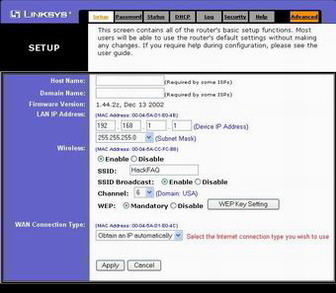
SSID Specifications
The SSID is limited to a maximum length of 32 bytes. When represented in ASCII form, the characters of the SSID are case-sensitive. This means that “Monticello” is a different network than “MONTICELLO”.

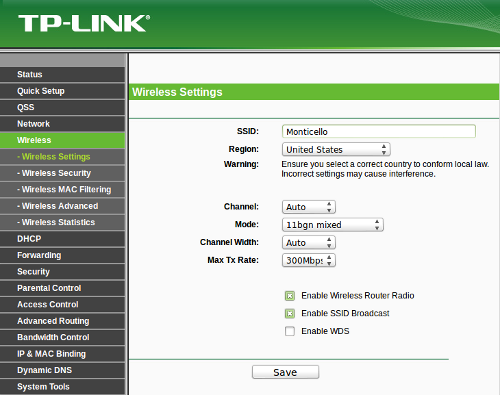
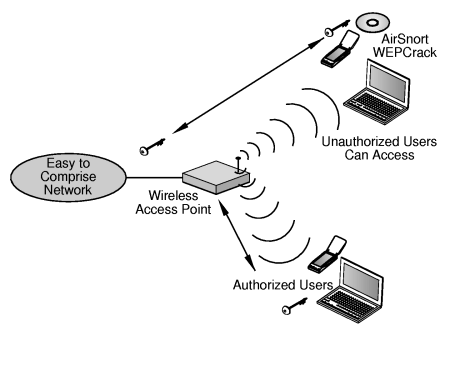
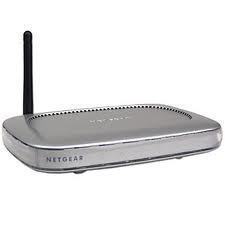
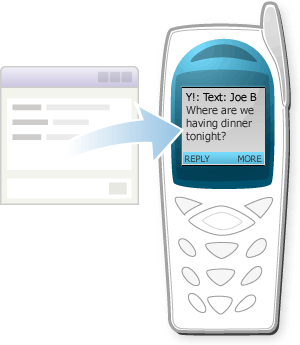
JOSE CARLOS RODRIGUES
Translator ABC LEC LogoTrans
I have a smarthphone android but unexpectedly it disabled the net system Wi Fi and researching in the internet came across his/her alone article that I don’t know how to discover SSID
(The SSID (Service Set IDentifier) i the token that identifies to 802.11 (Wi-Fi) network. The SSID i the key that the wireless network administrator sets. Users must know the SSID to connect to an 802.11 wireless network. However, network sniffing / scanning allows users to determines the SSID. By default, the SSID i part of the packet header goes every packet sent over the WLAN sic) which ask him/her help to solve this problem in the symbol of Wi Fi of the operator has a padlock.
rpr
Currently the text contains an incorrect statement:
“An SSID is generally 32 bits long, but when displayed to the user, it is projected into a human readable ASCII format.”
The 802.11 standard says in chapter 7.3.2.1 that the length of the SSID is between 0 and 32 octets (a 0 length indicates the broadcast SSID).
The octets in a SSID are not restricted to a specific range of values but practically an octet is a printable ASCII character because a SSID is entered as a text string when configuring wireless devices.
the_punisher
It is still wrong. There is now way a string like “SpeedTouch1234566” can be shown in 32 bits (!) and “projected” into a human-readable format. This is just plain wrong.
WillSpencer
Oh my… this is terribly embarrassing. Not only did the article contain an egregious error, but it also did NOT get assigned to be reviewed and corrected.
Thanks to both rpr and the_punisher for point this out and my sincere apologies for the unacceptable delay in implementing the fix.
I have rewritten the article; now the new article will have to go through technical review.